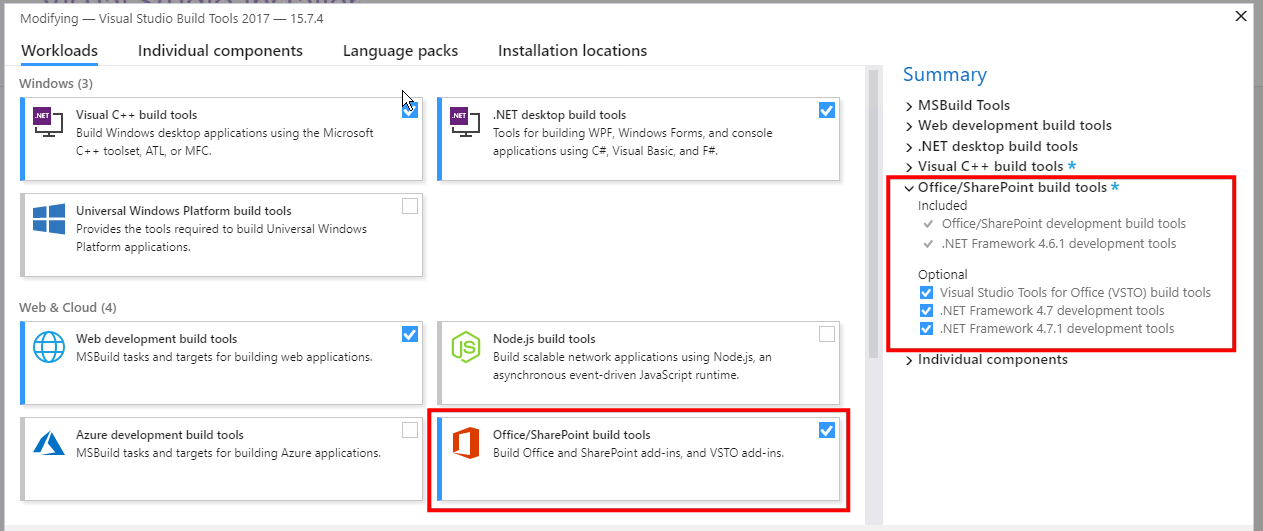

Lastly when prompted, enter the name of the host you want to use, e.g. Enter email address, agree to Terms of Services, Choose Y or N to join mailing list. This kicks off a process that requires your response in a few places. Now we can run certbot without requiring sudo which would limit our ability to run Apache as a non-root user. In this new file paste the following: work-dir = /opt/homebrew/etc/certbot
#Install openssl mac series#
See the first part of this series to find out more about this.

#Install openssl mac code#
This assumes you have Visual Studio Code installed and have enabled the CLI code command. To be able to use certbot in a non-root setup (like we have with Brew), we need to create a cli.ini file so that the certbot command will use local paths rather than root access-only system paths: Create a Certbot Config mkdir -pv ~/.config/letsencrypt
#Install openssl mac install#
First we should install the certbot tool that will facilitate this process: brew services stop httpd Now you have a valid host that is accessible from the internet, we need to generate a valid LetsEncrypt SSL certificate. You will need to replace this with your own hostname Let's Encrypt + Certbot Throughout this guide I use as an example host. You have successfully configured remote access, but now you want to get SSL working. You have tested this and you can confirm that when you browse to on your phone, you are indeed seeing the webserver of your internal network. I already own this one, you need to use your own!), and you have configured the host to be port-forwarded to your local development machine. Let's assume you have registered the domain (p.s. A quick way to test if you have things setup is to try reaching host via your phone or some other device that is not on your internal network. I'll leave this process up to you as it might require some Googling to get the this process setup depending all the factors listed above.

You should configure this so that a valid host is available to point to your local webserver. This does require that you have registered a domain name with a company such as Hover, GoDaddy, Network Solutions, etc. This used to be a pain and cost money for a valid SSL certificate, but thankfully we now have Let's Encrypt, a non-profit Certificate Authority that provides certificates to 225 million websites! In order to get SSL setup and running properly four our Homebrew-powered Apache setup, we need to first create an SSL Certificate. If you are a beginner developer, you will be better served using MAMP or MAMP Pro. This guide is intended for experienced web developers.


 0 kommentar(er)
0 kommentar(er)
